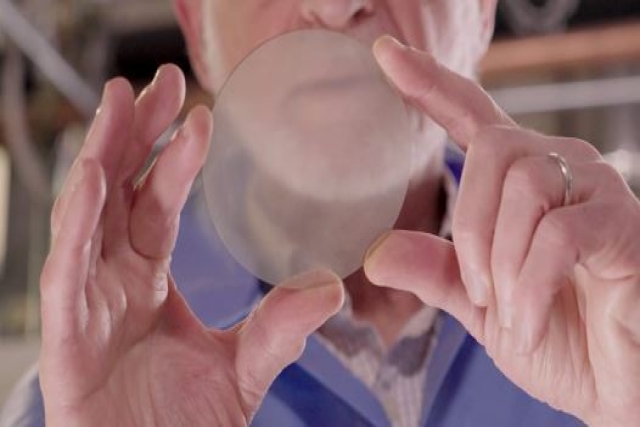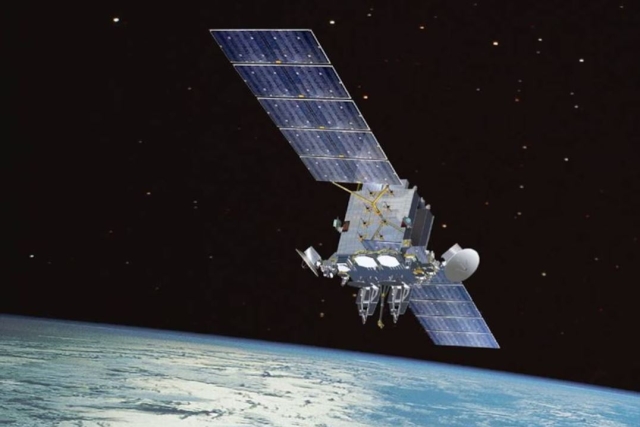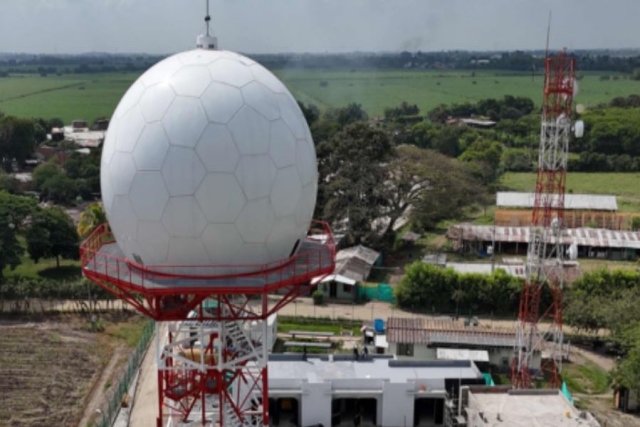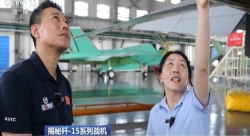Raytheon Secures DARPA Contract to Develop Next-Generation Ultra-Wide Bandgap Semiconductors
This project aims to develop and optimize diamond and aluminum nitride semiconductors for enhanced power and thermal management in defense electronics.

Raytheon has been awarded a three-year, two-phase contract by the Defense Advanced Research Projects Agency (DARPA) to develop foundational ultra-wide bandgap semiconductors (UWBGS) based on diamond and aluminum nitride technology.
The project aims to enhance semiconductor electronics, with a focus on improved power delivery and thermal management for sensors and other electronic applications.
The awarded contract will proceed in two distinct phases. During the first phase, Raytheon's Advanced Technology team will focus on developing semiconductor films using diamond and aluminum nitride and integrating these materials into electronic devices. The second phase will involve optimizing this technology and advancing it to larger diameter wafers suitable for sensor applications.
The unique properties of UWBGS provide several advantages over traditional semiconductor technologies. These include the ability to produce highly compact, ultra-high power radio frequency switches, limiters, and power amplifiers. Additionally, UWBGS materials exhibit high thermal conductivity, which supports operations at higher temperatures and in more extreme environments, making them suitable for a wide range of advanced electronic applications.
The goal of the Raytheon-led project is to spearhead the development of these materials into devices tailored for both current and future radar and communication systems. The potential applications extend to cooperative sensing, electronic warfare, directed energy systems, and components in high-speed weapon systems, such as hypersonics.
Work under this contract will be conducted at Raytheon’s semiconductor foundry in Andover, Massachusetts. This collaboration with DARPA is part of an ongoing effort to develop advanced semiconductor materials capable of meeting the growing demands for performance and resilience in modern defense technologies.













